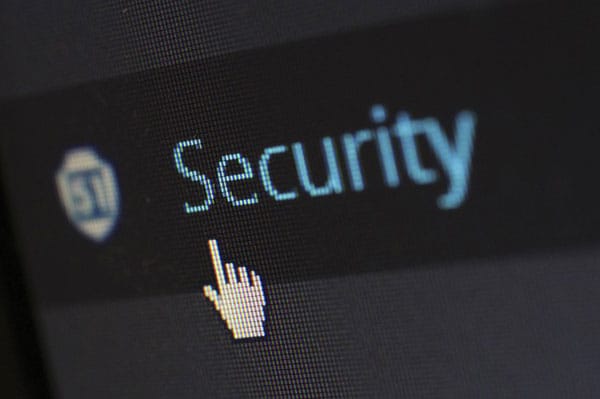
One thing that is all too common amongst WordPress sites today is how few security measurements most webmasters implement. People simply do not spend enough time thinking about the potential risks to their site.
WordPress sites are without a doubt one of the most targeted? Why, because over 25% of sites today use the WordPress content management system, with over 50,000 plugins available for it to date. This provides the perfect incentive for webmasters to add that additional layer of security to their site.
The more themes, plugins, and custom code that you add to your site, the more risks there are, to your site.
There are so many ways that you can secure your site, beyond just using a strong password. In this post I’m going to highlight 6 ways that you can make your website hack-proof. These are the things you should implement by default, in any and all of your sites.
1. Enable Two-Factor Authentication
Two-factor authentication is without a doubt, one of the most reliable ways for you to protect your online accounts, and security-conscious websites will insist that this form of authentication is used.
Two-factor authentication isn’t exactly built into the WordPress management system, however, it is possible for you to enable it, all you need to do is download and install the right plugin.
2. Keep Your WordPress Site Up-To-Date
This one is not too complicated, something that everyone should and must do. However, it can be rather surprising to discover how many people just don’t do it. In many cases, web developers may give their clients the advice not to update their WordPress version, as they risk potentially breaking something.
But the reality is that, this is very poor advice. WordPress are forever improving, implementing new security measures, designed to patch up recently discovered vulnerabilities. Not updating your site for a significantly long time, may not seem like an issue on the surface. But when the first problems arise, it can be quite time consuming, and in many cases, complicated for you to get your site back up to speed.
3. Change Your Password
You want to use a series of numbers and letters in your password. Randomising tends to work best, with password generators designed to do just that. Make sure you take note of your new password, as it’s going to be virtually impossible for you to remember – and that’s a good thing.
4. Scan Your Blog Regularly
Hackers like to use links, theme files, plugins and various other site elements to gain access to your site. You don’t want to wait to the last minute before you start scanning for viruses. Instead, there are many security scanning plugins that you can download and install, these plugins will regularly scan your site and notify you when they find something.
One of the most notable security scanning plugins is Wordfence. Besides allowing you to scan your blog, either manually or automatically, it will also notify you whenever it spots any suspicious behaviour on your site.
It will notify you on a number of different things, while comparing your plugin and theme files with the WordPress repository in order to determine whether or not your theme or plugin is in need or an update or has been altered by a hacker.
5. Limit User Access
Sometimes it’s the little things that can render your site vulnerable to the masses. Something as simple as granting too many people access to your site. For best practice purposes, you’ll want to grant site access solely to those who need it, and even then, you want to limit privileges, so that they can only carry out the specific task on your site, you intend for them. Giving them administrative privileges is just asking for problems.
6. Don’t Access Your Site on Unsecure Hotspots
Do you like to log into your website and start editing while out and about, maybe at your local coffee shop? Well, it may seem convenient, but there are many risks that go with that. Most of these public spaces, such as coffee shops, offer free WiFi access to their most valued customers. However, unless these connections are protected, it can leave you vulnerable when entering sensitive data into your site. You should always ensure that connections are password protected and encrypted at the very least.
—AUTHOR INFO—
Uchenna Ani-Okoye is a former IT Manager who now runs his own computer support website https://www.compuchenna.co.uk.
